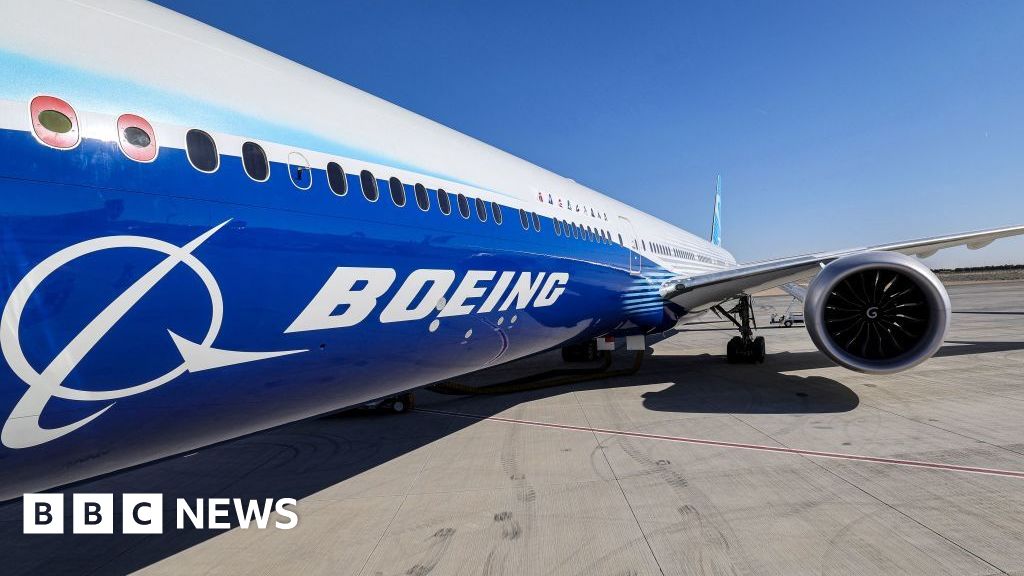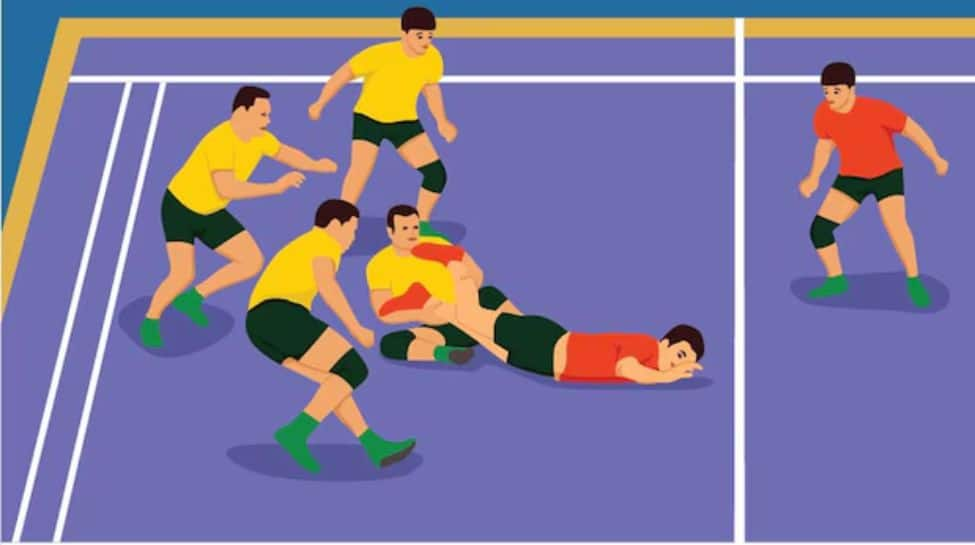More than 200 such artifacts are included in “Anyang: China’s Ancient City of Kings,” the first major exhibition in the United States devoted to the capital of China’s 3,000-year-old Shang dynasty. The National Museum of Asian Art refers to the place by its contemporary name, Anyang, but the long-abandoned site has also been known as Dayi Shang (“Shang great settlement”) and Yin (a name probably not used until the era of the Zhou dynasty, which overcame the Shang and left their capital to fall into ruin).
The city, which is about 300 miles south of Beijing, existed for just two centuries. But in that time, it grew to cover over 14 square miles, about the size of Alexandria, Va. An interactive video screen allows visitors to tour the site virtually and to locate such notable features as roads, canals and the factories, apparently very sophisticated, where many of the show’s artifacts were probably made.
While “Anyang” is installed in the Arthur M. Sackler Gallery, it’s linked to the museum’s sibling, the adjoining Freer Gallery of Art. In fact, the show ties directly to the centennial celebration of the Freer’s 1923 opening. In 1929, leadership of the Anyang excavations passed to Li Chi, who was a Freer employee from 1925 to 1930. The gallery supported the first two years of Li’s work at the site and purchased some of the items now on display. (All the artifacts in the show are owned by the National Museum of Asian Art.)
The ancient city beneath Anyang was rediscovered in 1899, and the first round of excavations ended with Japan’s invasion of China in 1937. The work didn’t resume until 1950, so many of the discoveries at the site are quite recent. Perhaps the most important is the tomb of Fu Hao (“Lady Hao”), found in 1976. Of the Shang royal crypts explored so far, it’s the only one that had not been looted, probably because it was distant from the others.
Fu Hao was a consort of the king, Wu Ding, which is reflected in the show’s display of oracle bones. The animal remains were used in attempts to divine the future by seers who inscribed them with early versions of Chinese characters still used today. Then they heated the bones or shells until they broke and interpreted the cracks. Another of the show’s video-screen features allows visitors to view close-up analysis of the partial tortoise shell apparently used to try to forecast the outcome of Hao’s pregnancy.
Although Hao was one of Wu Ding’s many wives, her role was far from purely domestic. Based on the artifacts and inscriptions in her tomb, scholars have concluded that she was a military general who led campaigns against the Shang’s enemies. Her burial place is the source of some of the show’s impressively ornate ceremonial weapons, which include daggers and axes with elaborate handles. (Also found were the remains of 16 attendants, evidence of the dynasty’s well-documented practice of human sacrifice.)
The Shang’s relationships with their neighbors were not exclusively martial. They also traded with them, purchasing some of the things included here. These testify to the importance of commerce, but also to the superiority of Shang craftsmanship.
Displayed side by side are two bronze pouring vessels in the shapes of elephants, both made about 3,100 years ago. One is Shang, and the other from the middle Yangtze River region to the south. The latter is well-made, but not so intricately ornamented and hardly a good likeness. The Shang piece is surprisingly realistic but also elegantly decorative, covered in complex filigree. It’s superb for its time, or indeed any time, and compelling evidence that Shang culture is remarkable not just for its antiquity, but for its beauty.
Anyang: China’s Ancient City of Kings
Arthur M. Sackler Gallery, National Museum of Asian Art, 1050 Independence Ave. SW. asia.si.edu.
Dates: Through April 28, 2024.















































